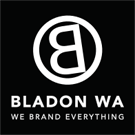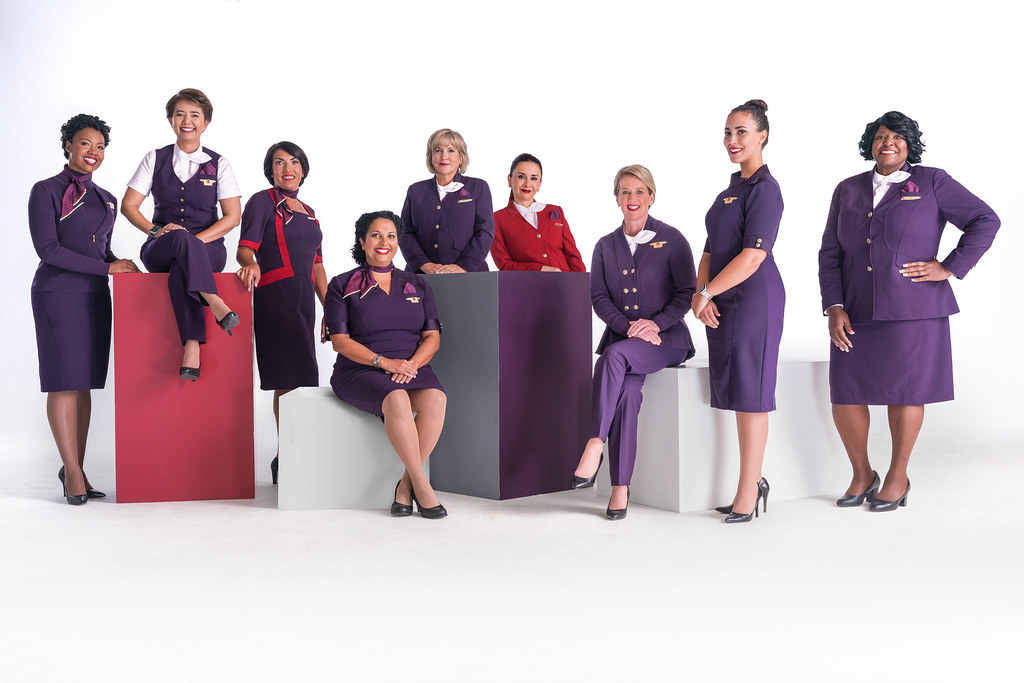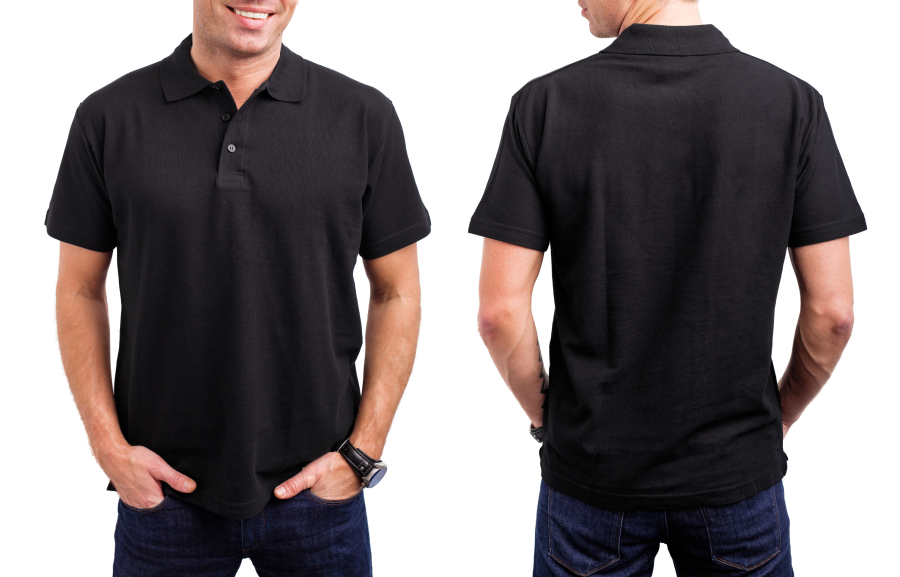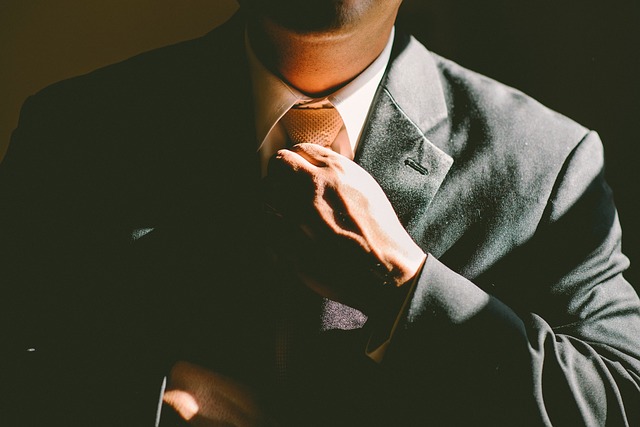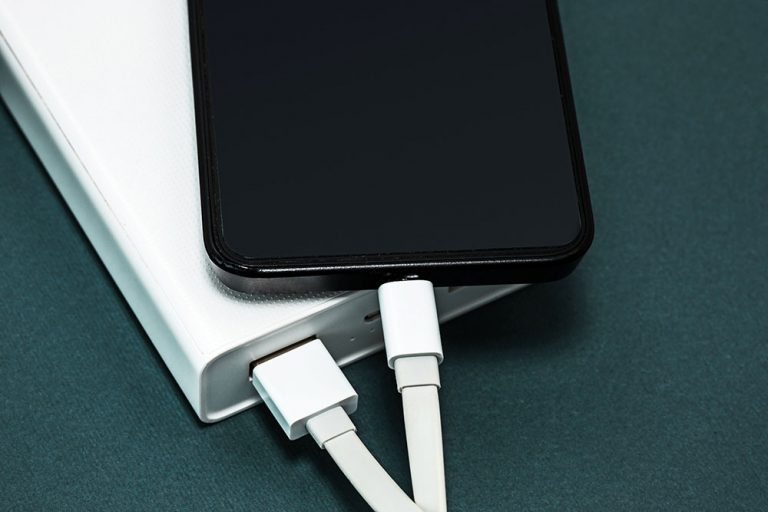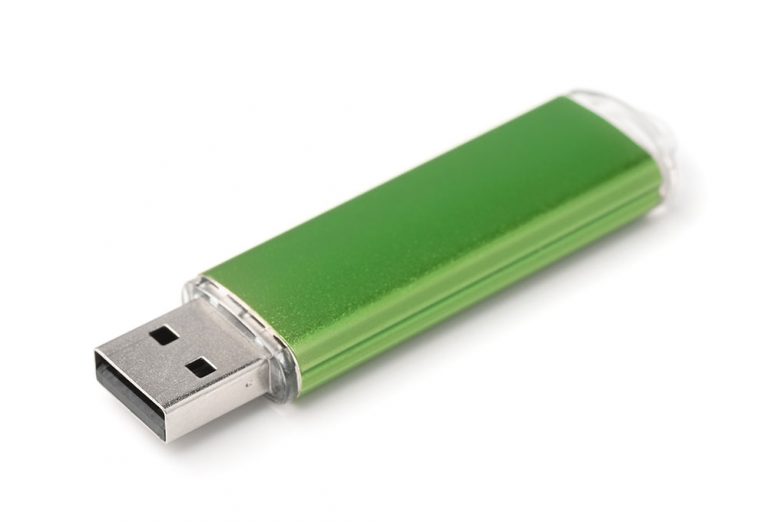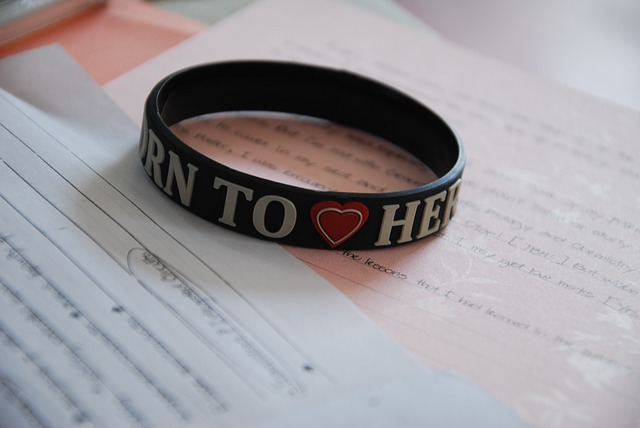Corporate uniforms have evolved over the last few years. Gone are the plain, dull-looking clothes and are replaced with fashionable, timeless pieces. More and more companies are choosing to implement stylish uniforms as a way to playfully express their brand’s image. We’re not just talking about the big-name enterprises as even SMEs (small to medium enterprise) are keeping up with this trend.
It’s not just about how the uniforms look. It’s about how the employees feel when they wear modern, up-to-date clothing. Keep in mind that your staff is a representation of your brand so it makes sense to suit them up with workwear that looks and feels professional. They feel more confident wearing their uniforms and they can even transform as your brand ambassadors.
If your team interacts with customers on a daily basis, it’s important that you implement a dress code that best resembles your brand. But that doesn’t mean you should settle for boring pieces of clothing. You want to find a healthy balance between professionalism and stylishness to draw in more customers and establish a positive corporate identity.
Here are a couple of tips that you can follow to help you keep up with stylish corporate uniforms.
Choose the right colour palette for your uniforms
A brand can instantly be recognised not just by their logo, but by their colours as well. Most companies use their brand’s colour palette and apply it to their uniforms (which isn’t a bad idea), but this limits the creativity and style of your uniforms. The colour palette should not only come from your brand, but also from other ideas that blend in perfectly with your existing colours.
For example, if you use red and blue colours for your logo, that doesn’t mean your employees should wear red and blue exclusively. You can also throw in neutral colours to even things out or use a different shade to add in a bit of character. Colours communicate a variety of messages about your company’s culture so it’s important that you get it right.
The tones should be flattering and your whole colour palette should encompass your brand’s image. A good-looking uniform uses various shades of colours and matches it with neutrals so it doesn’t look plain and unappealing.
Offer the right uniforms for each of your staff
While it’s important to design a modern-looking uniform, functionality should always be your number one priority. It’s not practical that your staff looks great in their uniforms but cannot function well with their daily activities. For example, your hotel porter might require a different uniform than your front office staff. They need the right comfort pieces to assist guests and move around swiftly while carrying bags and luggage.
You should also factor in the work conditions of your employees. Do they work in a relatively hot environment? If so, you should choose breathable, moisture, wicking fabrics to keep them comfortable throughout the day. Conversely, you can opt to use thick, insulating fabrics to keep your staff warm from the freezing elements. All these factors should be taken into consideration when designing uniforms so as to retain their functionality even when style is emphasized.
Have plenty of choices
Wearing the same uniform for 5 days a week is a thing of the past. Many companies provide their employees with a wardrobe so their team can choose the type of uniform they want to wear. People love fashion and variety, and what better way to integrate that to your corporate uniforms by having plenty of choices. The goal is to create a variety of pieces that embody a sense of unity within the team, no matter which uniform they choose to wear.
For example, you employees can rock a polo shirt with your brand’s colours for a casual yet semi-professional look or, include some dressier pieces for Fridays. Women are very particular when it comes to style and by having plenty of choices, they can opt for stylish outfits while maintaining a sense of professionalism. A way of implementing this is through a shirt dress. This piece is practical, can be dressed up and down, and is suitable for active roles in your company.
Establish a dress code policy around your uniforms
There’s more to it than just a stylish uniform wardrobe. You have to establish a dress code policy to remind your employees that they still have to adhere to the company’s standards. Sometimes employees tend to forget dress codes when uniforms are in place and it’s one of the biggest drawbacks of corporate uniforms. Address things such as what to wear during casual Friday, what pieces can be worn with their uniforms, and what accessories they can wear like jewelry, earrings, etc.
It’s also important to remind them of how you want them to present themselves when attending important client meetings, discussions, and other significant events. While a relaxed dress code can be ideal, it’s crucial to maintain professionalism when in front of authoritative personnel.
Corporate uniforms need not be bland and uninspiring. They should motivate your team to work each day and wear your uniforms with pride. Implementing such a big change can go a long way towards improving the presentation of your brand and the perception of the people outside your company. These tips will help you keep with stylish corporate uniforms and enhance the visual aesthetics of your brand as a whole.
